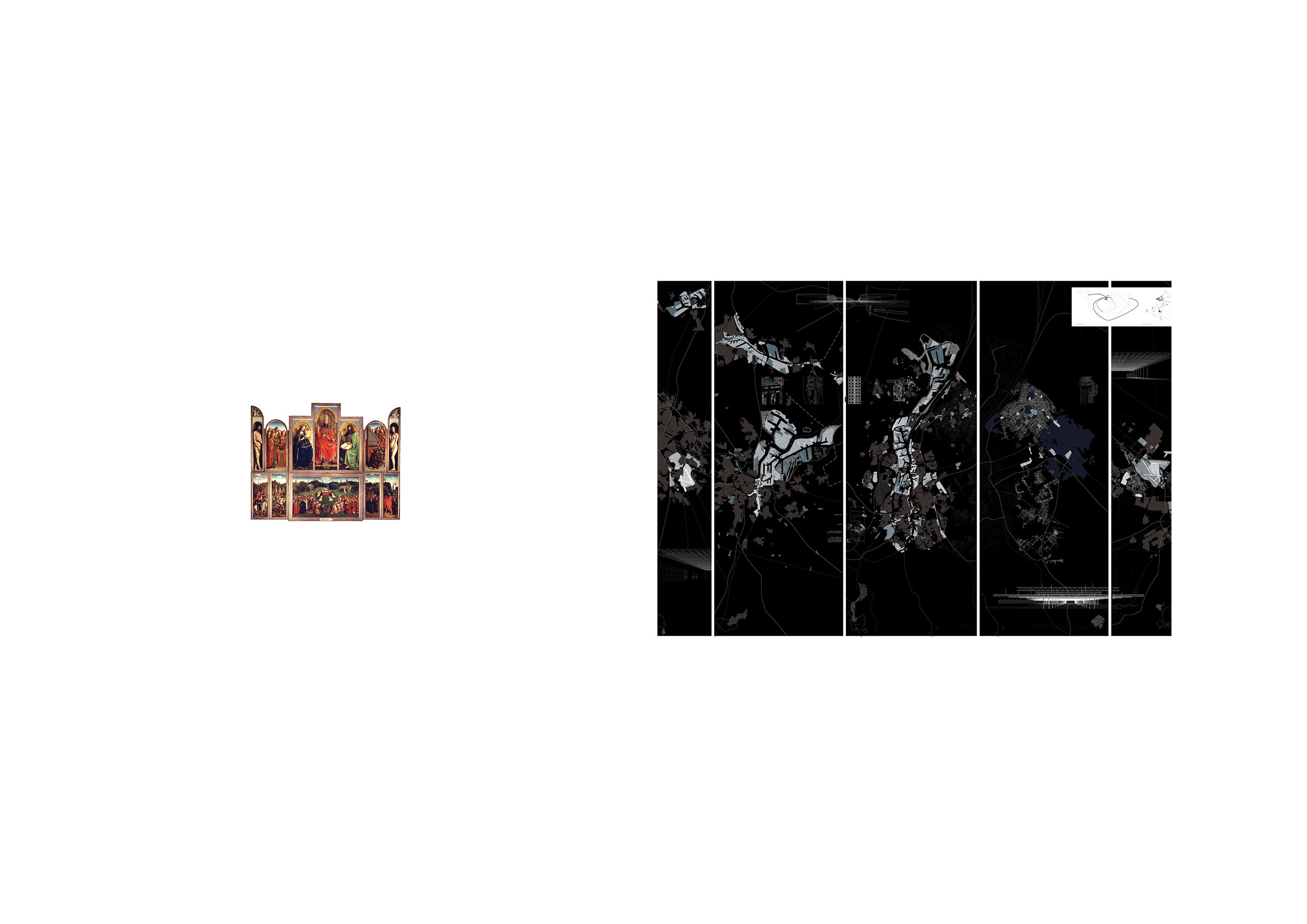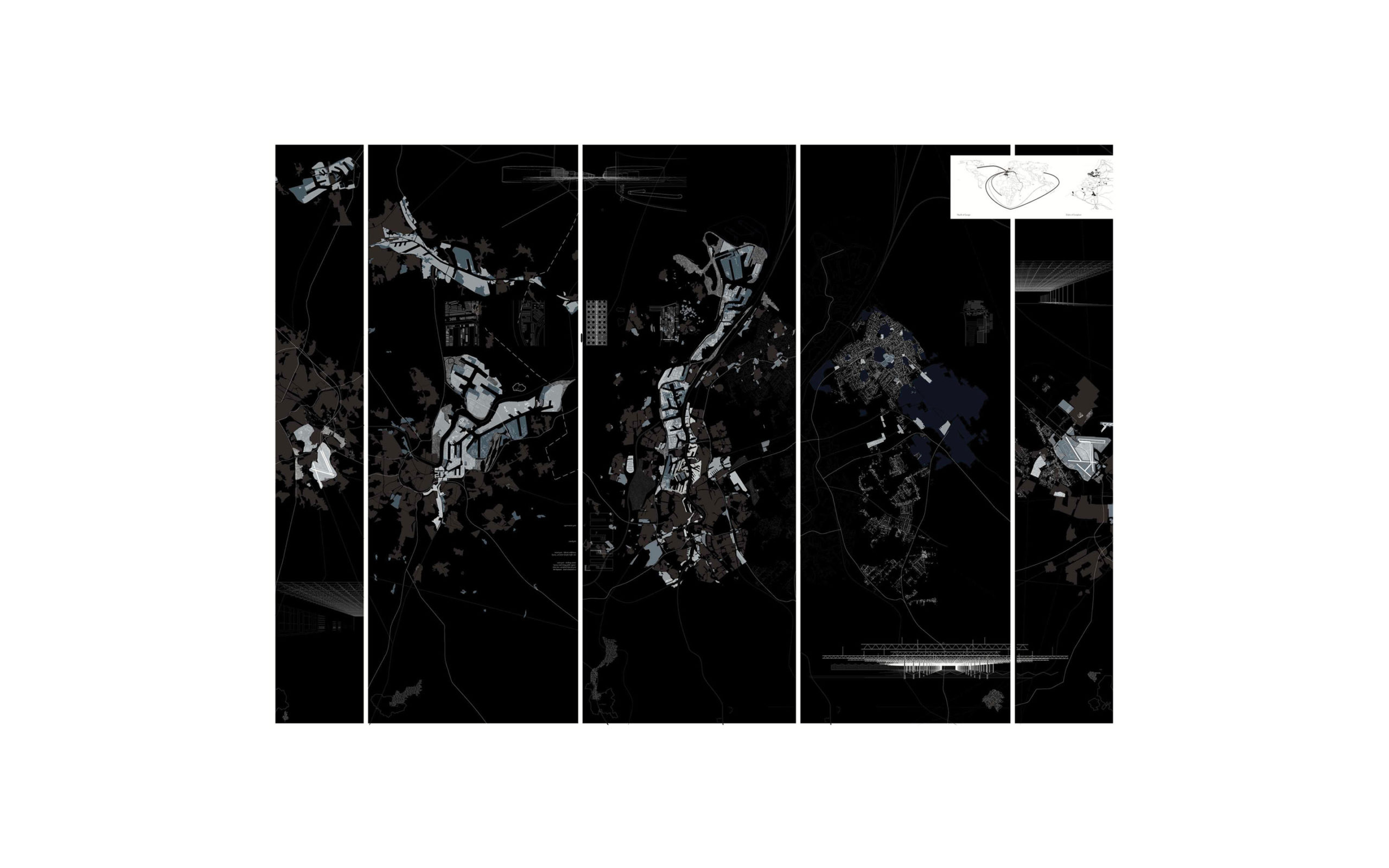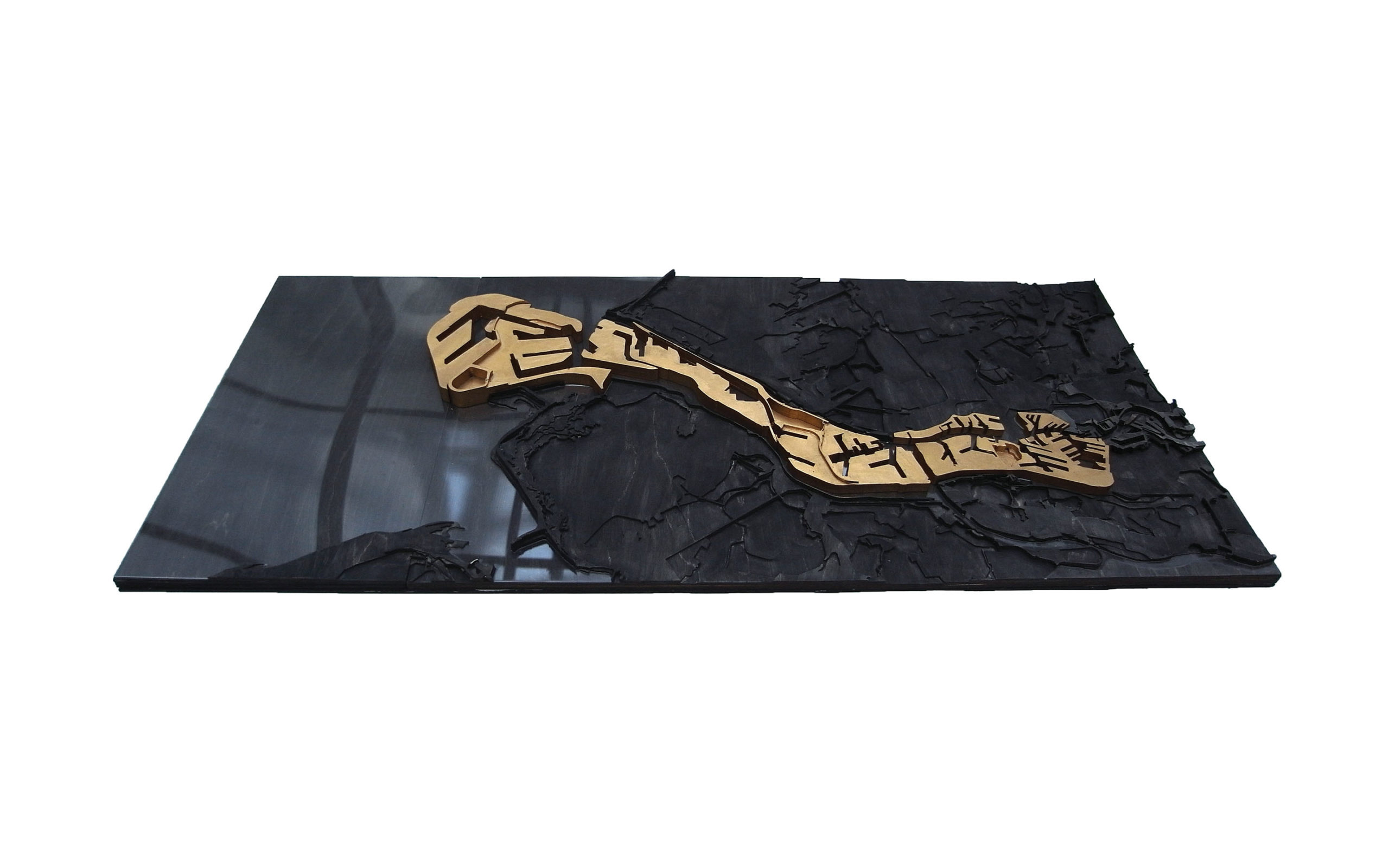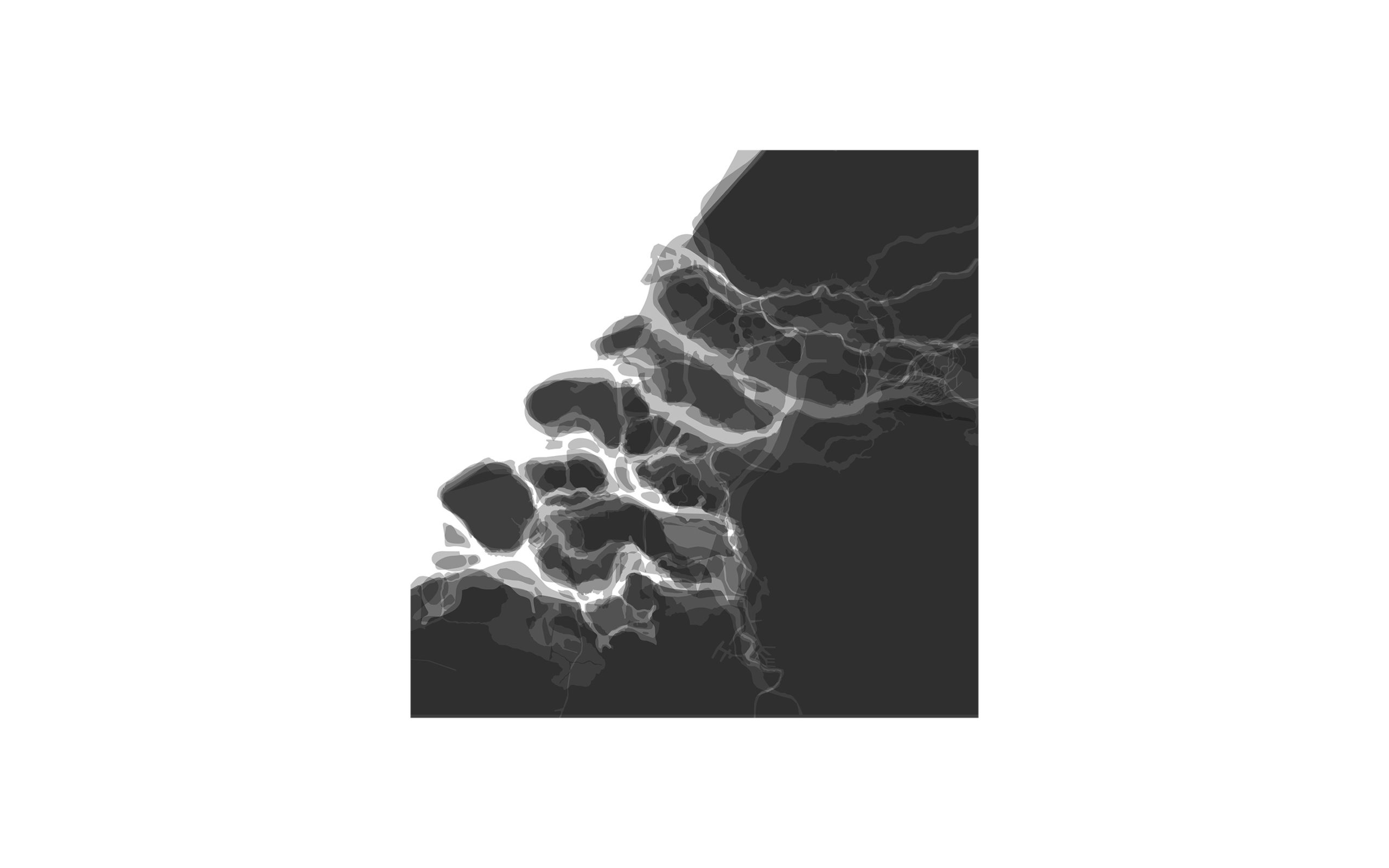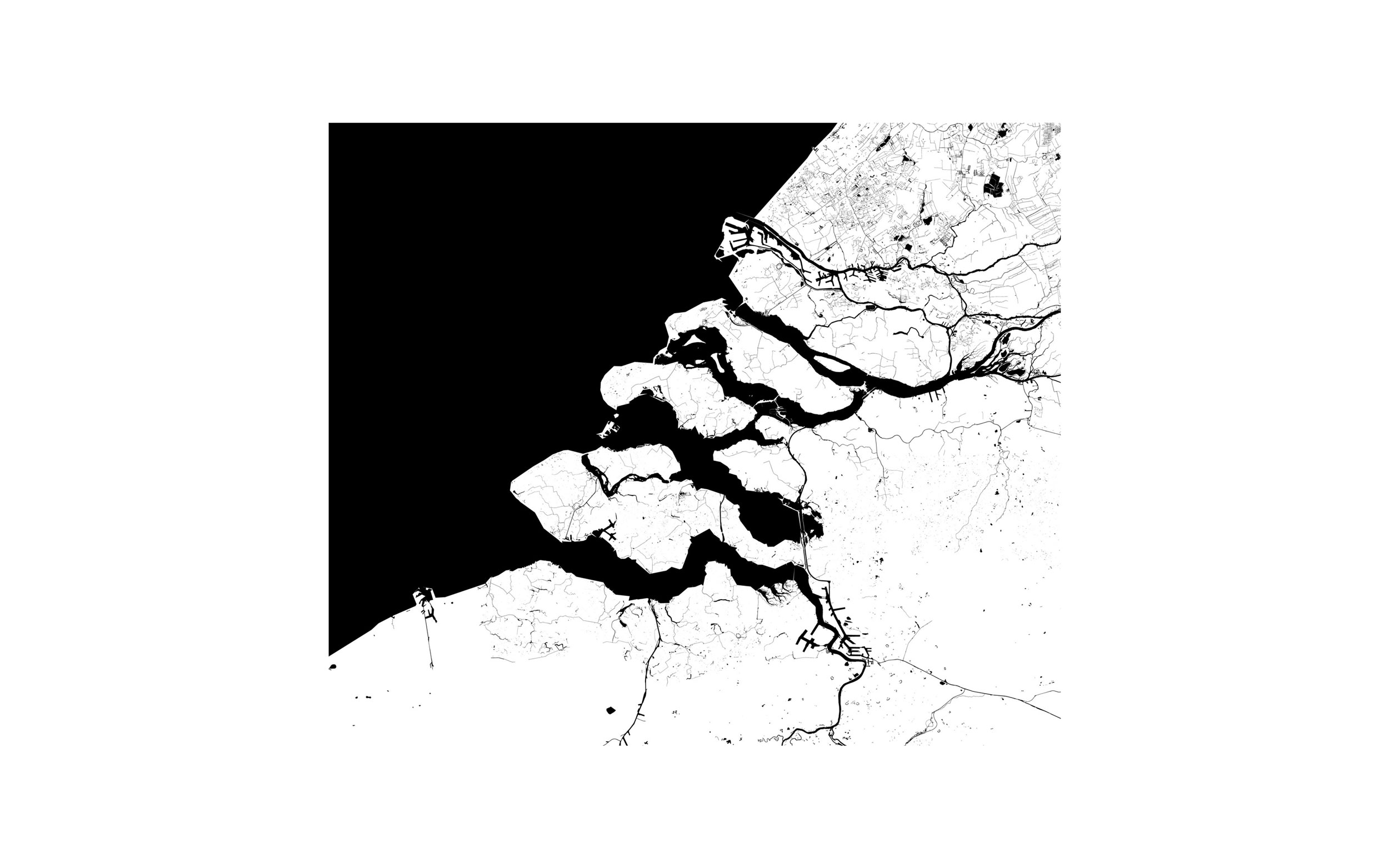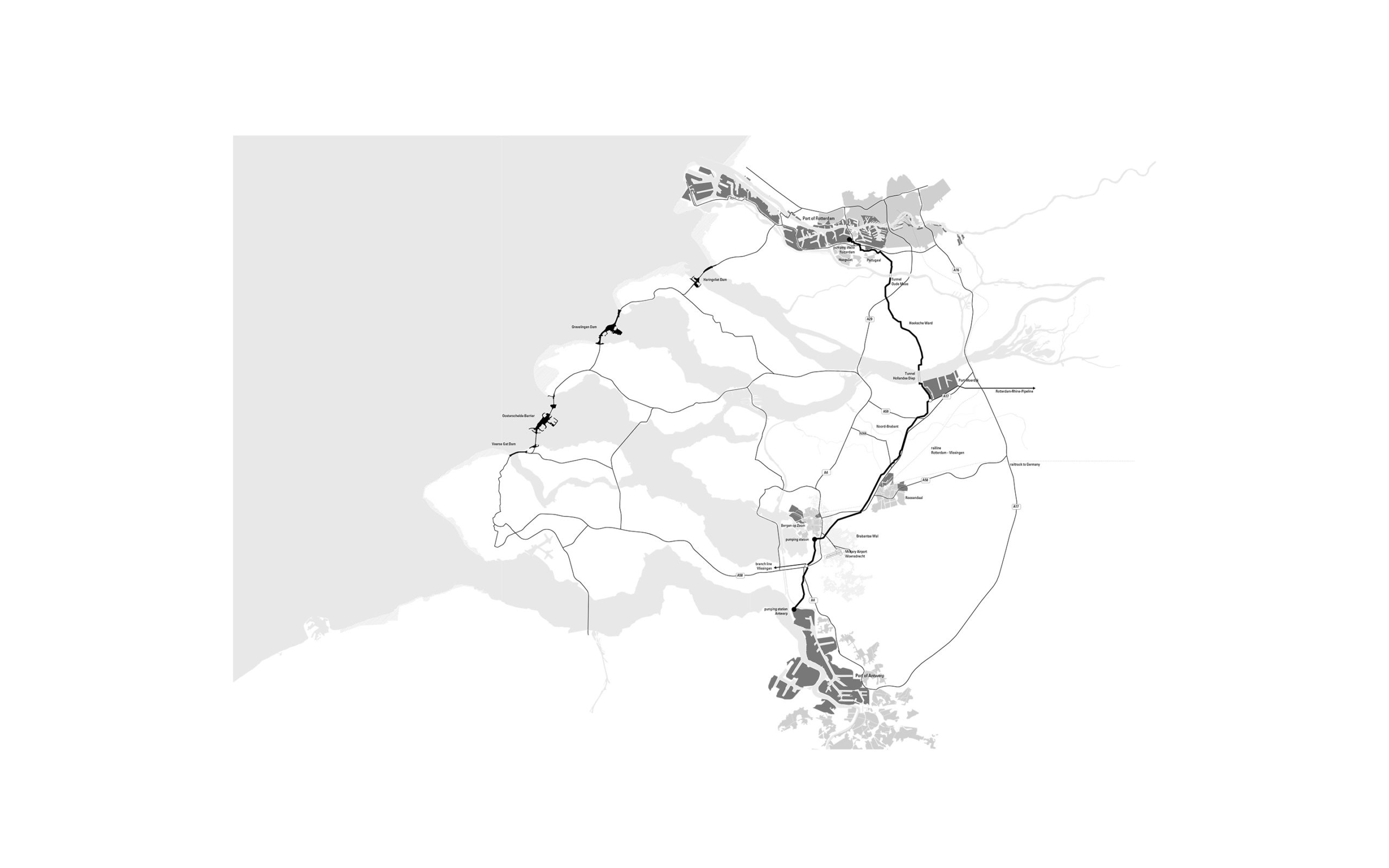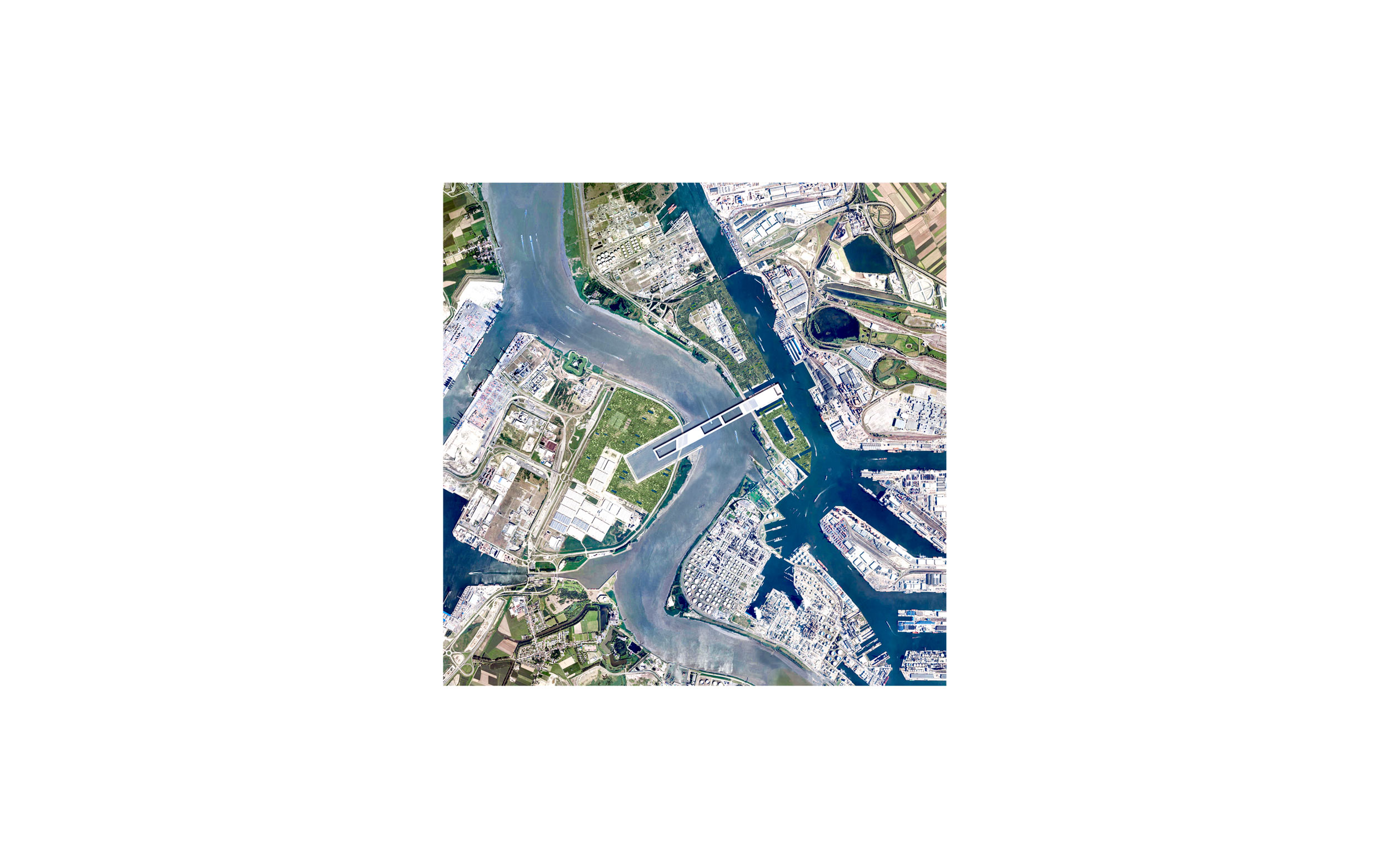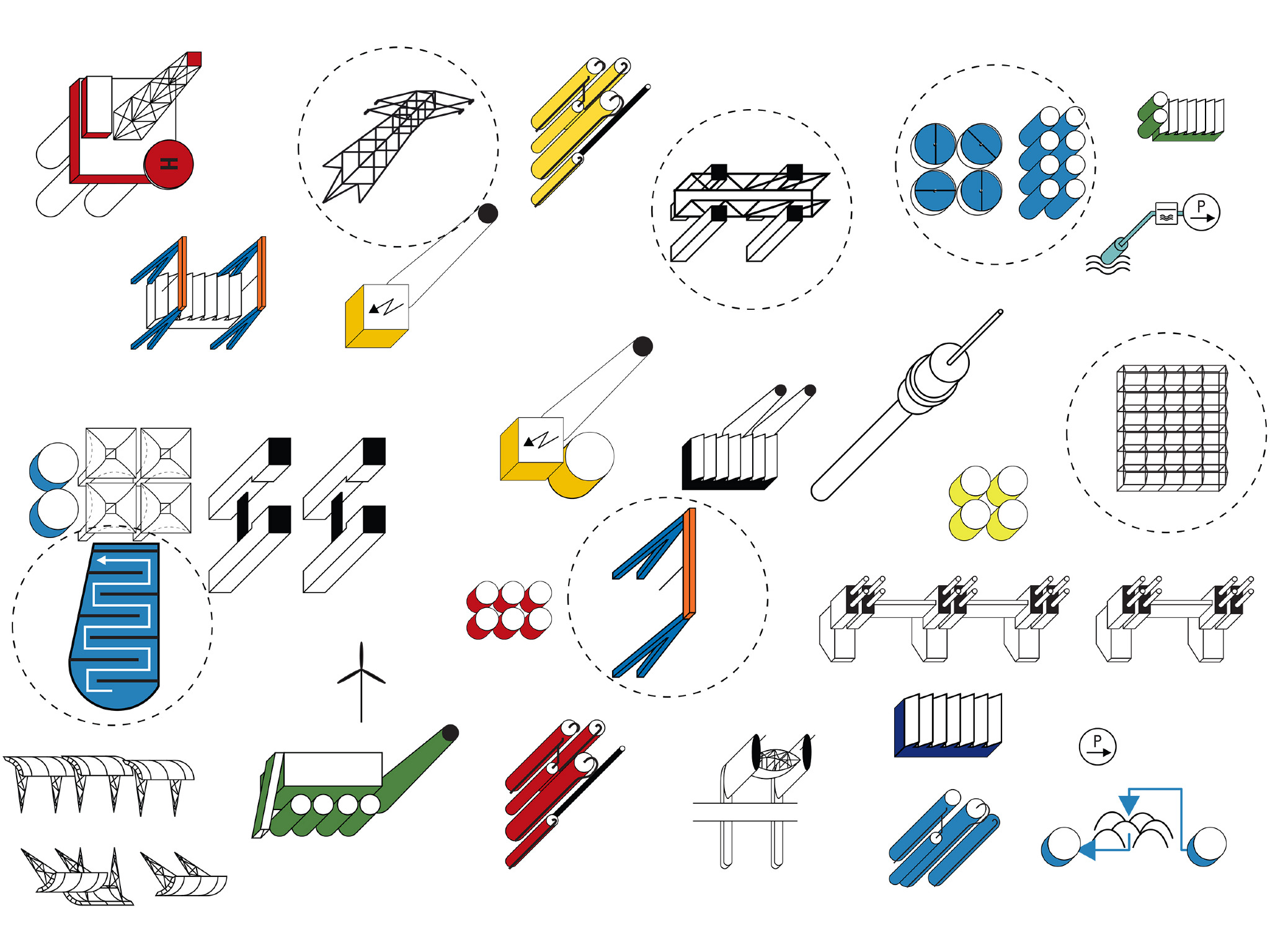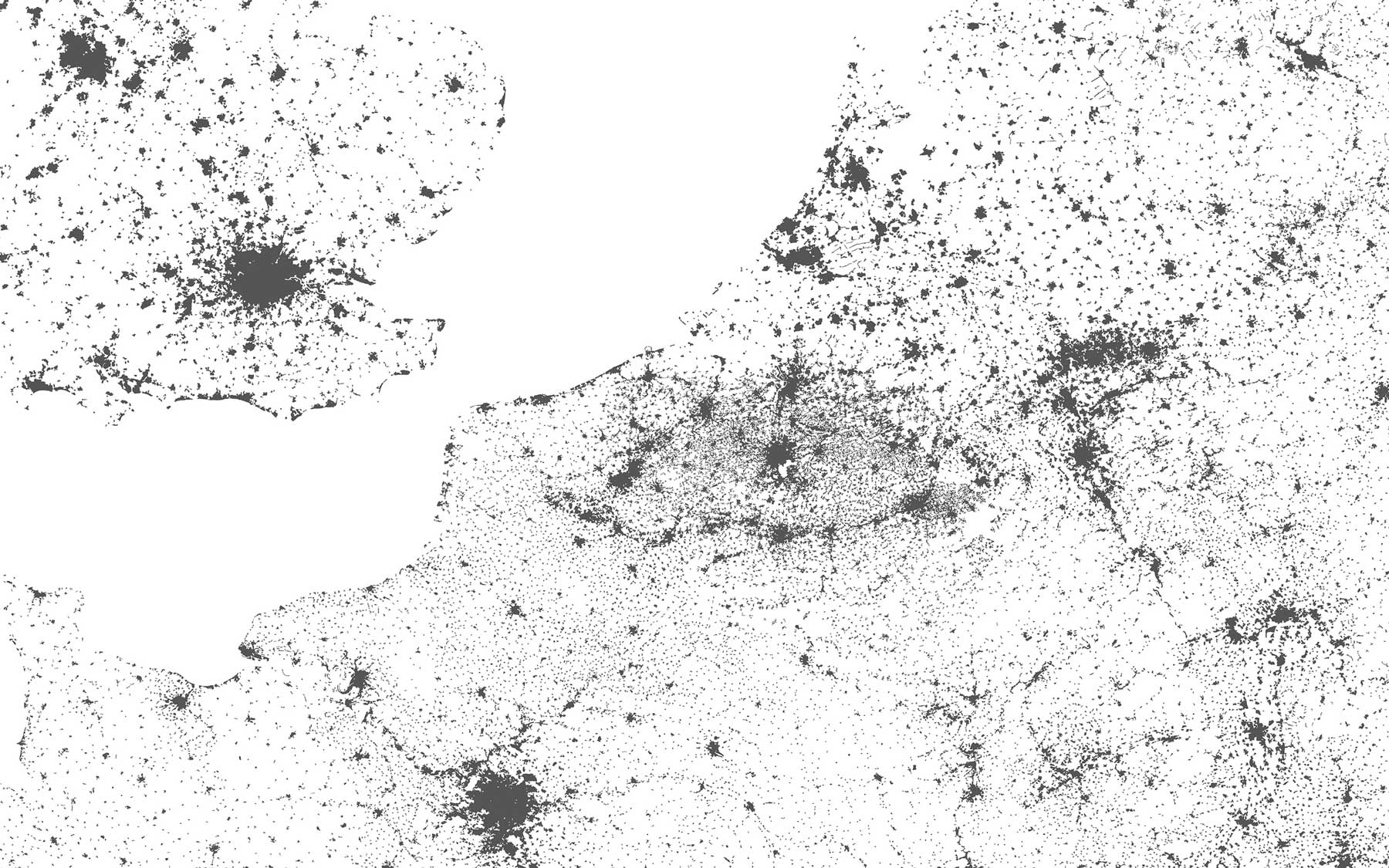
-
Project:
Architecture for 4 ecologies - Berlage Institute -
Status:
Research Project, 2010/11 -
Year:
2011 -
Team:
Kersten Geers, David van Severen, Freek Persyn, Djamal Klouche | Chien-Ting Chen, Andres Faoro, Ulrich Gradenegger, Chun-Yu Hsu, Vesna Jovanovic, Dongwoo Kim, Taiwan Kim, Chen-Jung Liu, Sarah Nichols, Wannes Peters
Myopia
Acting as a retroactive manifesto, Reyner Banham’s book “Los Angeles: The Architecture of Four Ecologies” makes visible the essence of Los Angeles exactly through the ignorance of it as a whole. Each ecology – Surfurbia, the Foothills, the Plains of Id, Autopia – is paradigmatic, at once describing a discrete condition and, through that, a condition that can be found everywhere. Contrary to the other Europeans of his generation surveying the West Coast, Banham found his project in what already existed- through the act of naming he made visible a condition, and, in a sense, made it desirable.
We take as a starting point the belief that a project at the scale of the southwest delta should not begin with a predefined thesis on the reality or the future of this territory. Rather, we embarked on a subjective reading of the site with a distillation of its components, its paradigms, in the hope that it may uncover latent urgencies or desires.
Turning Banham’s methodology upside down we begin the research into the site with the act of naming four ecologies, putting up a yet undefined frame through which to read the territory. In an iterative process frame and content get defined simultaneously, weaving back and forth between reality and imagination projected into the name of the ecology, and resulting in four different maps/drawings of the same territory. Opposed to the current fashion to objectify the territory in all its layers, using digital technology to map even the smallest detail, these drawings depict a myopic view based on the subjective selection of its elements from the abundance of data.
Sharpness
Further efforts of the studio are predicated on the belief that traditional modes of planification cannot deal with the territorial scale in question. After Bigness, the fetishization of magnitude and quantity, we propose sharpness, the punctual, precise attempt to codify the large through the small. Sharpness is not a retreat back into Architecture- its naive premise is the possibility of influence or infection. It lands, confronts, and claims its rightful place, though it may still be shamelessly opportunistic, gravitating to points of maximum possibility.
Having distilled the imagination and components into the synthetic maps, the four ecologies set the stage for the experiments on the method of sharpness. Projects are injected into the ecology and tested on their potential to address, transform, reinforce or twist the reading of the ecology itself.
Urbanity and its absence
We hypothesize that it is possible to study the city by looking at its genesis– what is the minimum possible condition to create an urbanity- as a sort of pre-filtration of an urban condition. This is a convenient post-crisis position that allows for the possibility of the intensification of “the urban” when the promise of increased density or magnitude has migrated elsewhere.
It has been observed that the Netherlands has almost achieved an inversion of the spatial relationship between town and countryside (Lootsma, Recovering Landscape). The byproduct of treating this territory as the extension of the urban realm is that the ruthless functionality of the landscape has inscribed on it an inherently metropolitan condition. Through intense juxtaposition and superimposition of function, the territory—even devoid of people–becomes a sort of urbanity without density.
